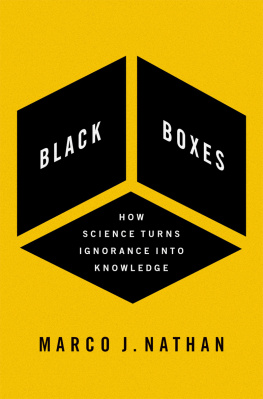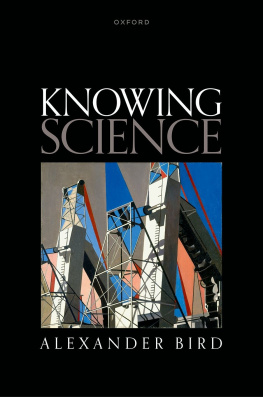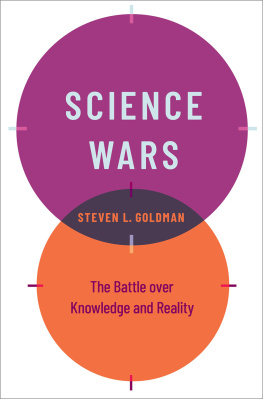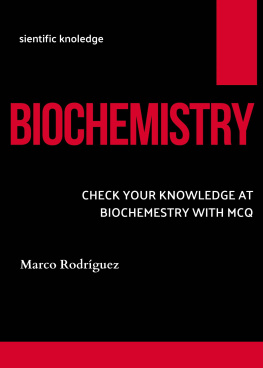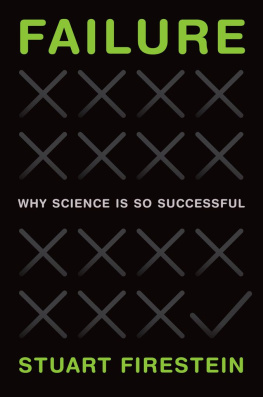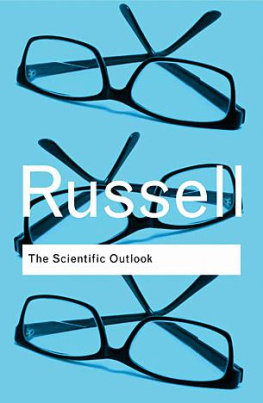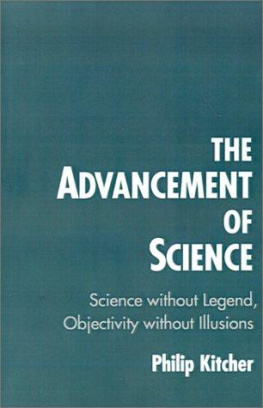Black Boxes

Oxford University Press is a department of the University of Oxford. It furthers the Universitys objective of excellence in research, scholarship, and education by publishing worldwide. Oxford is a registered trade mark of Oxford University Press in the UK and certain other countries.
Published in the United States of America by Oxford University Press
198 Madison Avenue, New York, NY 10016, United States of America.
Oxford University Press 2021
All rights reserved. No part of this publication may be reproduced, stored in a retrieval system, or transmitted, in any form or by any means, without the prior permission in writing of Oxford University Press, or as expressly permitted by law, by license, or under terms agreed with the appropriate reproduction rights organization. Inquiries concerning reproduction outside the scope of the above should be sent to the Rights Department, Oxford University Press, at the address above.
You must not circulate this work in any other form and you must impose this same condition on any acquirer.
Library of Congress Cataloging-in-Publication Data
Names: Nathan, Marco J., author.
Title: Black boxes : how science turns ignorance into knowledge / Marco J. Nathan.
Description: New York, NY : Oxford University Press, [2021] |
Includes bibliographical references and index.
Identifiers: LCCN 2021001998 (print) | LCCN 2021001999 (ebook) |
ISBN 9780190095482 (hardback) | ISBN 9780190095505 (epub)
Subjects: LCSH: SciencePhilosophy. | ScienceMethodology. |
Ignorance (Theory of knowledge)
Classification: LCC Q175 .N38 2021 (print) | LCC Q175 (ebook) | DDC 501dc23
LC record available at https://lccn.loc.gov/2021001998
LC ebook record available at https://lccn.loc.gov/2021001999
DOI: 10.1093/oso/9780190095482.001.0001
Dedicated, with love, to Jacob Aaron Lee Nathan.
Benvenuto al mondo.
Like all general statements, things are not as simple as I have written them, but I am seeking to state a principle and refrain from listing exceptions.
Ernest Hemingway, Death in the Afternoon
Contents
Every intellectual project has its eureka! moment. For this book, it happened a few summers ago during a lonely walk on the beach of Marina di Campo, on the beautiful island of Elba, off the Tuscan coast. I suddenly started seeing a guiding thread, a leitmotiv, that connected much of my reflections on the nature of science since I started working on these issues back in graduate school. Simply put, it dawned upon me how I viewed most scientific constructs as placeholders. Explanations, causal ascriptions, dispositions, counterfactuals, emergents, and much else. They could all be viewed as boxes, more or less opaque, standing in for more detailed descriptions. That got me thinking about how to provide a more unified account that puts all the tiles of the mosaic together. At the same time, I had realized that the very concept of a black box, so frequently cited both in specialized and popular literature, has been unduly neglected in philosophy and in the sciences alike. This book is the result of my attempts to bring both insights together, in a more or less systematic fashion.
The intellectual journey sparked by my preliminary reckoning on a sandy beach has taken several years to complete. Along the way, I have been honored by the help and support of many friends and colleagues. Philip Kitcher and Achille Varzi encouraged me to pursue this project from the get-go. Many others provided constructive comments on various versions of the manuscript. I am especially grateful to John Bickle, Giovanni Boniolo, Andrea Borghini, Stefano Calboli, Guillermo Del Pinal, George DeMartino, Enzo Fano, Tracy Mott, Emanuele Ratti, Sasha Reschechtko, Michael Strevens, and Anubav Vasudevan for their insightful comments. A special thank you goes to Mika Smith, Roscoe Hill, Mallory Hrehor, Naomi Reshotko, and, especially, Bill Anderson, all of whom struggled with me through several drafts and minor tweaks, in my endlessfutile, but no less noblequest for clarity and perspicuity.
Over the years, the University of Denver and, especially, the Department of Philosophy have constantly provided a friendly, supporting, and stimulating environment. Various drafts of the manuscript were presented as part of my advanced seminar Ignorance and Knowledge in Contemporary Scientific Practice. I am indebted to all the students who shared thoughts, comments, and frustrations with meon this note, a shoutout to Blake Harris, Olivia Noakes, and Jack Thomas. Two reading groups, one at the University of Milan and one at the University of Denver, have been quite helpful. Bits and pieces of this project have been presented, in various forms, at several institutions, too many to adequately acknowledge. Audiences across the world have provided invaluable feedback.
I am very grateful to the production staff at Oxford University Pressespecially Peter Ohlin and his team for believing in the project from the very beginning and their constant support, as well as Dorothy Bauhoffs careful proofreading. Two anonymous reviewers provided precious feedback. Also, a heartfelt Grazie! to Stefano Mannone of MadMinds for crafting the images and bearing with all my nitpicky-ness.
Finally, none of this would have been possible without the unfaltering help, patience, and support of my extended family. Lots of love to my wife Heather, my parents Alida and Jacob, my sister Shirli, my brother David, my two adopted brothers Federico and Matteo, and my nieces and nephews: Martina, Virginia, Alexander, and Nicol. Thanks for brightening my days. While this book was slowly seeing the light, my own life has been rocked and blessed by the birth of my son, Jacob. This work is dedicated to him: welcome to the world!
Knowledge is a big subject.
Ignorance is bigger.
And it is more interesting.
Stuart , p. 10
At the outset of a booklet, aptly entitled The Art of the Soluble, the eminent biologist Sir Peter Medawar characterizes scientific inquiry in these terms:
Good scientists study the most important problems they think they can solve. It is, after all, their professional business to solve problems, not merely to grapple with them. The spectacle of a scientist locked in combat with the forces of ignorance is not an inspiring one if, in the outcome, the scientist is routed. (, p. 11)
Many readers will find this depiction captivating, intuitive, perhaps even self-evident. What is there to dispute? Is modern science not a spectacularly successful attempt at solving problems and securing knowledge?
Yes, it is. Still, one could ask, what makes the spectacle of a scientist locked in combat with the forces of ignorance so uninspiring? Why is it that we seldom celebrate ignorance in science, no matter how enthralling, and glorify success instead, regardless of how it is achieved? To be fair, we may excuse ignorance and failure, when they have a plausible explanation. But ignorance is rarelyarguably nevera goal in and of itself. Has a Nobel Prize ever been awarded for something that was not accomplished?
The key to answering these questions, and for understanding Medawars aphorism, I maintain, is to be sought in the context of a long-standing image of science that has, more or less explicitly, dominated the scene well into the twentieth century. The goal of scientific inquiry, from this hallowed perspective, is to provide an accurate and complete description of the universe, or some specific portion of it. Doing science, the story goes, is analogous to erecting a wall. Or, borrowing a slightly artsier metaphor, it is like tiling a mosaic. Walls are typically made out of stone or clay. Mosaics are crafted by skillfully assembling tiles. The bricks of science, its fundamental building blocks, are facts. Science is taken to advance through a slow, painstaking, constant discovery of new truths about the world surrounding us.

